Central banks in East Africa are increasingly adding gold to their foreign exchange (FX) reserves as part of a broader plan to shield their economies from global shocks and lessen dependence on the U.S. dollar.
This growing interest in gold reflects a global trend as countries look for ways to reduce exposure to external risks, including currency volatility and geopolitical tensions.
As reported by Kenya Wall Street, the region’s shift comes at a time when global crises, from the Russia-Ukraine war and conflict in the Middle East to the lasting effects of the COVID-19 pandemic, have created ongoing instability.
Countries across East Africa are strengthening their FX reserves to protect their currencies and stabilise markets.
On June 19, 2025, Kenya’s usable reserves stood at US $10.9 billion, enough to cover 4.8 months of imports, helping to limit the depreciation of the Kenyan shilling against the dollar to just +0.43% year-on-year.
Tanzania had US $5.3 billion in reserves, covering 4.3 months of imports and limiting the shilling’s depreciation to 0.64%.
Uganda’s reserves of US $3.8 billion in April provided 3.3 months of import cover, with the Ugandan shilling appreciating 3.66% year-on-year.
Meanwhile, the Democratic Republic of Congo (DRC), with reserves of US $6.7 billion covering just 2.6 months of imports, saw its currency fall 1.51% against the dollar.
Although the global standard for FX reserves is three months of import cover, many countries aim higher.
Kenya targets at least four months, the East African Community (EAC) sets 4.5 months as its goal, and the Southern African Development Community (SADC) aims for six months.
Oil and commodity exporters often push for seven months to cushion themselves against price swings.
Don’t Miss This: Ghana and China Trade Blame as Tensions Rise Over Illegal Gold Mining Crisis
As confidence in traditional reserve currencies weakens, gold has become a preferred option for diversification.
The World Gold Council said central banks bought a net 244 tons of gold in the first quarter of 2025, with total purchases possibly reaching 1,000 tons by year-end.
Gold is valued not only for its ability to protect against inflation, currency drops, and sanctions, but also as a safe-haven asset that tends to rise in value during times of crisis.
It boosts investor confidence and gives central banks more room to manage their economies.
Several East African countries are already adding gold to their reserves.
The Bank of Tanzania has deals with local miners, including Geita Gold Mine, Shanta, Buckreef, and GGR, to buy 20% of their production.
By June 13, 2025, it had acquired five tons worth US $554.28 million. The Bank of Uganda started a domestic gold purchase program in 2024, focusing on artisanal miners in Karamoja.
Rwanda’s central bank plans to begin buying gold in July 2025, while Kenya’s central bank is, according to news reports, actively considering entering the gold market.
Globally, the U.S. dollar still dominates FX reserves at 57.8% as of the fourth quarter of 2024, down from a peak of 72.7% in 2002.
The euro holds 19.8%, the yen 5.8%, the pound 4.7%, and the Chinese yuan 21.7%.
The slow decline in the dollar’s share reflects growing efforts by countries to cut their exposure to U.S. monetary policy and the dollar’s tendency to strengthen during global crises.
Gold’s appeal lies in its long-term growth. It has surged 9,283% since January 1960, reaching US $3,309.49 per troy ounce by May 2025, and its usefulness as a policy tool.
Central banks can sell gold to provide liquidity or buy it to tighten money supply.
Growing gold reserves signal economic caution and strength, while reductions can suggest a need for foreign currency.
While East Africa’s gold holdings are still small compared to major players like the U.S. (8,133.46 tons) and Germany (3,351.53 tons), efforts are underway to build them up.
Algeria leads African nations with 173.56 tons, followed by Libya, Egypt, Ghana, and Mauritius.
Kenya, with just 0.02 tons today, looks set to expand its gold reserves as part of its broader plan to strengthen its financial stability.
This move toward gold is about more than building reserves. It’s a step toward greater economic resilience in a turbulent world.
Image Credit: Business Insider Africa




